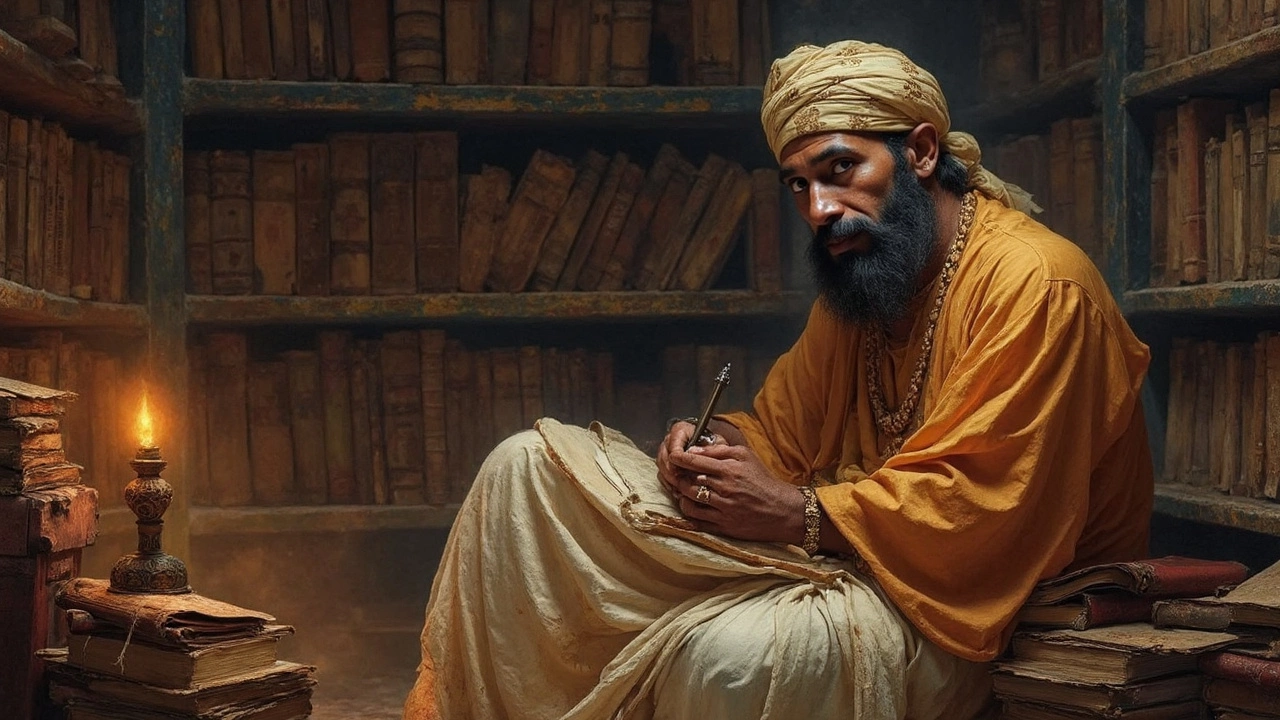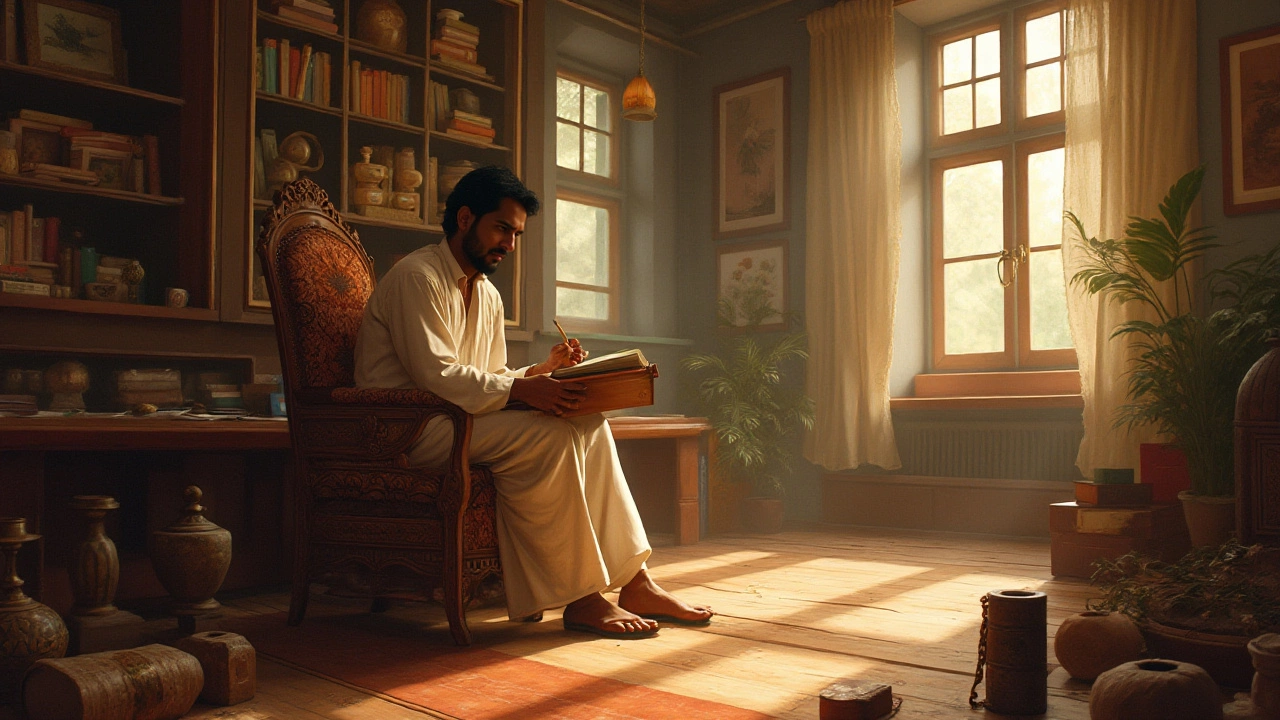Indian Poets: Who They Are and Why They Matter
If you’ve ever wondered who shaped India’s literary soul, you’re in the right place. From ancient chants that echo in temples to modern verses that spark protests, Indian poets have been the voice of the nation for millennia. This guide gives you the essential facts, quick bios, and handy tips on where to dive deeper into their work.
Oldest Poets in Indian History
India’s poetic journey starts with the Rig Veda, a collection of hymns composed over 3,000 years ago. Scholars consider the poets of the Rig Veda some of the world’s earliest writers. They weren’t just chanting; they were preserving myths, mapping the cosmos, and codifying social norms—all in beautiful meter.
One post on our site, "Oldest Poet in India: Discovering Ancient Indian Poets and Their Legacy," breaks down who these early voices were and why their verses still matter. Think of figures like Vashistha and Vishwamitra—their lines still appear in school textbooks and devotional songs. If you want to hear the original rhythm, look for translations that keep the Sanskrit meter intact; many are available for free on sites like Gita Press and Internet Archive.
What makes these ancient poets special isn’t just their age; it’s how they set a template for storytelling, moral lessons, and lyrical beauty that later poets borrowed and reinvented. When you read a modern Hindi or Bengali poem, you’ll often find echoes of those Vedic cadences.
Modern Icons and the National Poet
Fast‑forward to the 20th century, and you meet Ramdhari Singh Dinkar, officially crowned the Rashtrakavi or National Poet of India. Dinkar’s powerful verses fueled the freedom movement and later inspired the nation’s post‑independence optimism. Our article "Know the National Poet of India: Story, Legacy, and Impact" dives into his life, his most quoted lines, and why schools still teach his poetry.
Dinkar wasn’t the only modern star. Poets like Mirza Ghalib, Subhadra Kumari Chauhan, and Amrita Pritam each brought regional flavor and personal insight to a changing country. Their works tackle love, loss, politics, and the everyday hustle of Indian life. Most of them have collections available on platforms like Amazon Kindle and Google Books, often at no cost for public domain titles.
Why should you care about these writers today? Their words give you a shortcut to understanding India’s social pulse. A line from Dinkar about "the fire of the nation" can still rally a crowd at a political rally. A Ghalib couplet about unrequited love feels just as raw on a modern dating app.
Ready to explore? Start with a short poem a day. Read Dinkar’s "Kurukshetra" for a taste of epic drama, then flip to Ghalib’s ghazals for a softer, introspective vibe. Use free audio recordings on YouTube to hear the correct pronunciation—especially helpful if you’re new to Hindi or Urdu rhythms.
Whether you’re a student, a curious traveler, or someone looking for inspiration, getting to know Indian poets opens a window into a culture that blends ancient wisdom with contemporary hustle. Keep this page bookmarked; we’ll add more poet profiles and reading guides as they’re published.
- Arjun Bhardwaj
- 13-10-25
- Indian Literature
Top 5 Iconic Indian Poets You Should Know
Discover the five most influential Indian poets, their eras, languages, key works, and why their verses still matter today.
Details- Arjun Bhardwaj
- 14-04-25
- Sad Poetry
Beautiful Heartbreaking Quotes: Discovering Sad Poetry from India
Explore the world of sad poetry in India through beautiful yet heartbreaking quotes. This article delves into what makes a quote so impactful, shedding light on famous poets and their poignant lines. Understand how Indian culture weaves with emotions to create deep literary art. Discover the elements that contribute to a truly unforgettable quote that resonates with our hearts.
Details- Arjun Bhardwaj
- 6-01-25
- Short Poetry
Unraveling the World No 1 Poet: A Journey through Indian Short Poetry
Discover the enigma of who holds the title of the World No 1 poet, especially within the realm of Indian short poetry. This article explores the diverse and vibrant spectrum of Indian poets who have crafted captivating verses. It delves into their unique styles, influences, and the cultural nuances that shape their works. The piece also offers a glimpse into the history and evolution of short poetry in India, providing insights for both poetry enthusiasts and curious readers.
Details
